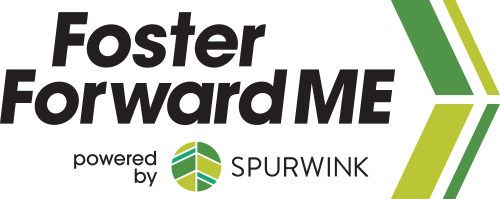Evidence
Backed by 20+ years of research collected and shared by Treatment Foster Care Oregon, the model in which the Foster Forward ME program is based off of.
Join The Effort
Randomized Trials
Trials were based on the following demographics.
- Children and adolescents from CWS leaving a state psychiatric hospital
- Boys from juvenile justice for chronic delinquency
- Girls from juvenile justice with severe mental health problems and abuse histories
- Child welfare “challenging” children
- Child welfare children receiving a next placement
- 6th grade girls in foster care
- Young children in foster care
Boys Follow Up Outcomes
Safety
- ½ the number of arrests (and significantly lower violence rates)
- 2/3 fewer days incarcerated
- Significantly less hard drug use
Well-Being
- Higher rates of school attendance and homework completion
- Higher ratings of life satisfaction
Permanency
- Significantly more time living with family
- Fewer runaways
- Less time with antisocial friends on the street
Girls Follow Up Outcomes
- Reduced delinquency (arrests, days in locked settings)
- Reduced deviant peer association
- Increased school attendance & homework time
- Fewer unintended pregnancies
- Reduced depressive symptoms
- Decreased psychotic symptoms
Long Term Outcomes
compared to treatment as usual ( 9.5 yrs )
- Decreased criminal offenses
- Decreased severity of offenses committed
- Decreased unintended pregnancies
- Decreased depressive symptoms
- Decreased suicidal ideation
- Partner choice is related to long term substance use outcomes for THC and hard drugs
- Decreased involvement in Child Welfare system as parent
Cost Savings
TFCO has a demonstrated, long-term cost benefit.
For every $1.00 spent on TFCO treatment compared to usual care, there is a benefit of:
For every $1.00 spent on TFCO treatment compared to usual care, there is a benefit of:
